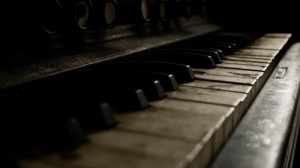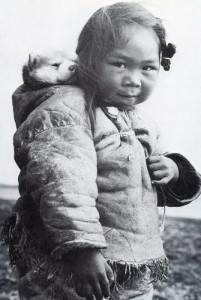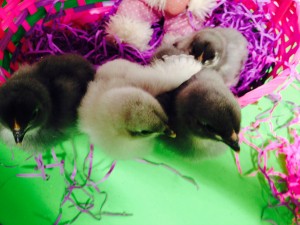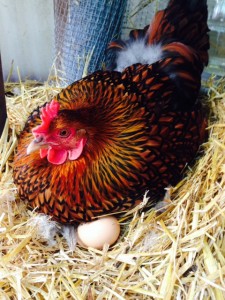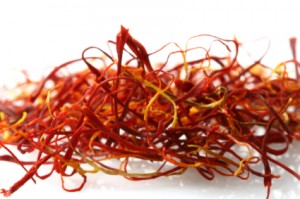A new neighbor, who had just moved in a few blocks over, once asked about the stunning white wall of flowers that filled the wall along our street in May. She wondered if she should attempt this plant in her new stonewall. She was choosing her flora carefully. She wondered what the plant was called and how to care for it.
 I shrugged. I had no answers for her. I’m not at all responsible for the flowers that grow in the wall. I go about my life, doing the things I have to do and suddenly, there they are! They simply grow, as they have done for nearly a hundred years. Sometimes I feel like a newcomer when I look at the wall of flowers – we’ve only been here ten years. I am an observer of their beauty. They travel the length of the street in magnificence at this time of year. But they’re not fragile. They look after themselves.
I shrugged. I had no answers for her. I’m not at all responsible for the flowers that grow in the wall. I go about my life, doing the things I have to do and suddenly, there they are! They simply grow, as they have done for nearly a hundred years. Sometimes I feel like a newcomer when I look at the wall of flowers – we’ve only been here ten years. I am an observer of their beauty. They travel the length of the street in magnificence at this time of year. But they’re not fragile. They look after themselves.
Of course I don’t think they’re native or natural or any such thing, but their beauty is their own. They are at once robust and delicate and they pay no attention to whoever moves in or landscapes or passes by with an evaluative glance. The wall is theirs. I imagine they’ve been here longer than any of us left on the street.
“But what about after they blossom?” the woman wondered, her nose wrinkling. “Are they still lovely or do they turn up all plain and grey, you know, are they untidy and drab the rest of the year?”
It had never occurred to me until she asked. I suppose they are a bit plain the rest of the year, I thought. I wasn’t sure they were untidy, I’d never really thought about it until she asked. I suddenly felt quite protective of the plant.
Who was I to ask about its suitability for year round viewing pleasure? So this year I watched them.
All winter they clung to the rocks, through storms and winds and snow. They gathered garden creatures safely in their roots in the cold and in the spring they held up their tiny faces up to hummingbirds and bees. Surely that counted for something. She was quite right, the leaves were plain and grey most of the year, but they were sturdy. And yes, they were a bit of a mess at times. More than once since she’d mentioned it, I caught myself evaluating them for their year round aesthetic appeal.
In my basement, when I am working on a longer writing project and I’m on the sixteenth revision of something I once believed could be beautiful, I can sometimes find myself in despair. The pages can be desperately plain and grey. They are untidy and drab and I can hardly remember sometimes what on earth I had in my mind. What was I thinking? Will these pages ever be what I imagined them to be? Can these dry bones live? I stand at the window and shout, Come, four winds and blow across these pages that they might live!
The thing is, they do. The four winds come; I rely on them. Sometimes it seems I have nothing at all to do with it – the pages, given patience and time, blossom into a carpet of white that rolls out all the way down the street.
How lucky I am, I think on those days.
But the other days, the drab, grey days are all part of it. They make the flowers possible. It would literally kill the plant to be in bloom all the time. As a writer, I am learning not to fear the drab, grey days. I am learning to love the whole cycle: the grey leaves and the untidy bits. I am learning to let the pages be. The blossoms will come.
Never mind what the neighbors think, I know what’s coming.


